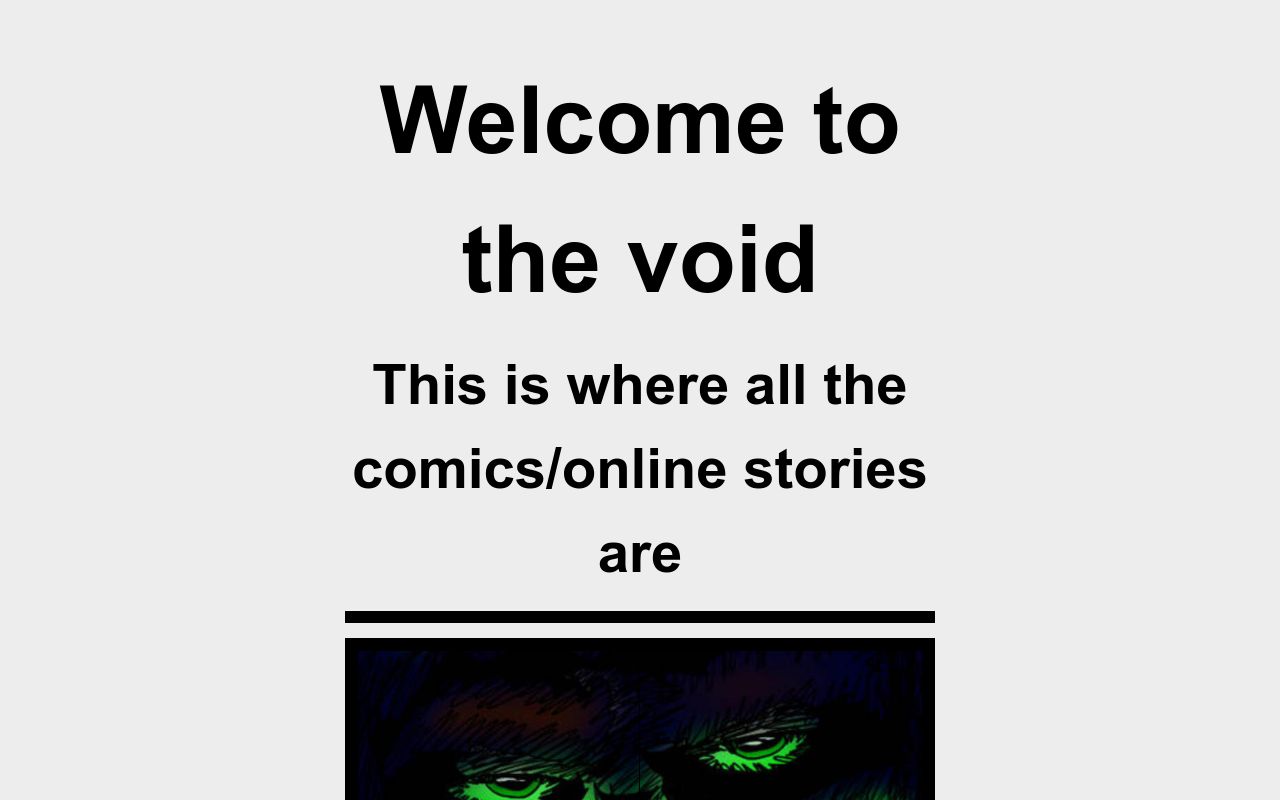Void scand has become a buzzword in recent years, capturing the attention of creators, designers, and digital enthusiasts alike. It’s not just a design trend; it’s a movement that emphasizes minimalism, simplicity, and functionality. In this guide, we’ll dive deep into what void scand really means, its origins, and why it matters in today’s fast-paced world. So, if you’ve ever wondered about void scand and how it can transform your creative projects, keep reading.
Now, before we get into the nitty-gritty of void scand, let’s set the stage. Imagine a world where clutter is replaced with clean lines, where simplicity speaks louder than complexity. That’s the essence of void scand. It’s not just about aesthetics; it’s about creating an experience that resonates with users on a deeper level. Whether you’re a designer, developer, or just someone who appreciates good design, this trend is worth exploring.
But why is void scand so important? In a world filled with distractions, it offers a breath of fresh air. It’s like finding a quiet corner in a bustling city. Void scand is all about creating spaces—both digital and physical—that allow users to focus, engage, and connect without unnecessary noise. So, let’s break it down and see how it works.
Read also:Marie Osmond Joins The Talk Panel Excitement Builds For Her Debut
What Exactly Is Void Scand?
Void scand, at its core, is a design philosophy inspired by Scandinavian minimalism. It emphasizes the importance of empty space, clean lines, and functionality. Think of it as the art of leaving things out. Instead of cramming every inch of a page or room with content, void scand focuses on creating breathing room. This approach not only enhances usability but also improves user experience.
For instance, when you visit a website designed with void scand principles, you’ll notice how easy it is to navigate. The layout is simple, the colors are muted, and there’s plenty of white space. This design choice isn’t random; it’s intentional. It’s about making the user feel comfortable and engaged without overwhelming them with too much information.
Key Features of Void Scand
- Clean and minimalist design
- Emphasis on functionality over aesthetics
- Use of negative space to enhance focus
- Neutral color palettes
- Simple typography
These features work together to create a cohesive design that’s both visually appealing and user-friendly. It’s not about stripping everything down to the bare minimum; it’s about finding the perfect balance between form and function.
Why Void Scand Matters Today
In today’s digital age, attention spans are shorter than ever. People are bombarded with information from all sides, and it’s becoming increasingly difficult to capture their attention. This is where void scand comes in. By prioritizing simplicity and clarity, it helps cut through the noise and create meaningful connections with users.
Moreover, void scand aligns perfectly with current design trends. As more and more companies focus on user experience, they’re turning to void scand principles to enhance their digital presence. From websites to mobile apps, this design philosophy is making waves across industries.
Benefits of Using Void Scand
- Improved user experience
- Increased engagement
- Enhanced readability
- Streamlined navigation
- Professional and modern appearance
By implementing void scand, businesses can create designs that not only look great but also work well. It’s a win-win for both the company and the user.
Read also:Kate Hudsons Coparenting Success Story Love Communication And Teamwork
Origins of Void Scand
The roots of void scand can be traced back to Scandinavian design principles. Scandinavia has long been known for its love of simplicity, functionality, and natural materials. These values have influenced everything from furniture design to architecture, and now they’re making their mark in the digital world.
Void scand takes these principles and applies them to modern design challenges. It’s about creating spaces that are both beautiful and practical. Whether it’s a website, app, or even a physical space, void scand encourages designers to think critically about what’s truly necessary and what can be left out.
How Scandinavian Design Influences Void Scand
- Focus on usability
- Emphasis on natural materials
- Simple and elegant forms
- Attention to detail
These elements have been adapted to fit the digital landscape, resulting in a design philosophy that’s both timeless and contemporary.
Implementing Void Scand in Your Projects
So, how can you incorporate void scand into your own projects? The good news is, it’s not as complicated as it might seem. By following a few simple guidelines, you can start creating designs that reflect the void scand philosophy.
First, focus on decluttering. Remove anything that doesn’t add value to the user experience. This could mean simplifying your layout, reducing the number of elements on a page, or even choosing a more restrained color palette. The goal is to create a space that feels open and inviting.
Tips for Applying Void Scand
- Use plenty of white space
- Choose simple, clean fonts
- Limit your color palette
- Focus on functionality
- Test for usability
By keeping these tips in mind, you can create designs that not only look great but also work well for your users.
Case Studies: Successful Void Scand Implementations
There are plenty of examples of void scand in action. Some of the most successful companies have embraced this design philosophy and reaped the benefits. Take Apple, for instance. Their products and marketing materials are a masterclass in void scand. From their minimalist packaging to their sleek product designs, Apple has mastered the art of simplicity.
Another great example is Airbnb. Their website and app are designed with void scand principles in mind. The layout is clean, the colors are neutral, and there’s plenty of white space. This makes it easy for users to find what they’re looking for without feeling overwhelmed.
Lessons from Leading Brands
- Keep it simple
- Focus on the user
- Test and iterate
- Stay consistent
These brands have shown that void scand isn’t just a trend; it’s a powerful design philosophy that can drive real results.
Common Misconceptions About Void Scand
Despite its growing popularity, there are still some misconceptions about void scand. One of the biggest is that it’s all about removing content. While void scand does emphasize simplicity, it’s not about stripping things down to the bare minimum. Instead, it’s about finding the right balance between form and function.
Another misconception is that void scand is only suitable for certain industries. While it’s true that it works particularly well in tech and design, it can be applied to almost any field. Whether you’re designing a restaurant menu or a corporate website, void scand principles can help you create something that’s both beautiful and functional.
Addressing Misconceptions
- Void scand isn’t about removing everything
- It’s not limited to specific industries
- It’s about creating balance
By understanding these misconceptions, you can better appreciate the true value of void scand.
Tools and Resources for Void Scand Designers
If you’re interested in exploring void scand further, there are plenty of tools and resources available to help you get started. From design software to online courses, there’s something for everyone.
Some popular tools include Adobe XD, Figma, and Sketch. These programs offer a wide range of features that make it easy to create void scand designs. Additionally, there are countless tutorials and articles available online that can help you hone your skills.
Recommended Tools
- Adobe XD
- Figma
- Sketch
- Canva
These tools provide everything you need to bring your void scand designs to life.
The Future of Void Scand
As we look to the future, it’s clear that void scand is here to stay. With more and more companies embracing minimalism and simplicity, this design philosophy is only going to grow in popularity. In fact, some experts predict that void scand will become the standard for digital design in the years to come.
So, whether you’re a seasoned designer or just starting out, it’s worth getting familiar with void scand. By understanding its principles and applying them to your work, you can create designs that stand the test of time.
Trends to Watch
- Increased focus on user experience
- More emphasis on sustainability
- Integration with AI and machine learning
These trends are shaping the future of design, and void scand is at the forefront of this movement.
Conclusion: Embrace the Power of Void Scand
In conclusion, void scand is more than just a design trend; it’s a philosophy that can transform the way we approach design. By focusing on simplicity, functionality, and user experience, it offers a fresh perspective in a world filled with clutter and noise.
So, if you’re ready to take your design skills to the next level, why not give void scand a try? Whether you’re designing a website, app, or even a physical space, this philosophy can help you create something that’s both beautiful and effective.
And don’t forget to share your thoughts in the comments below. We’d love to hear how you’re incorporating void scand into your own projects. Who knows, your insights might just inspire someone else to embrace this powerful design philosophy!
Table of Contents
- What Exactly Is Void Scand?
- Why Void Scand Matters Today
- Origins of Void Scand
- Implementing Void Scand in Your Projects
- Case Studies: Successful Void Scand Implementations
- Common Misconceptions About Void Scand
- Tools and Resources for Void Scand Designers
- The Future of Void Scand
- Conclusion: Embrace the Power of Void Scand


